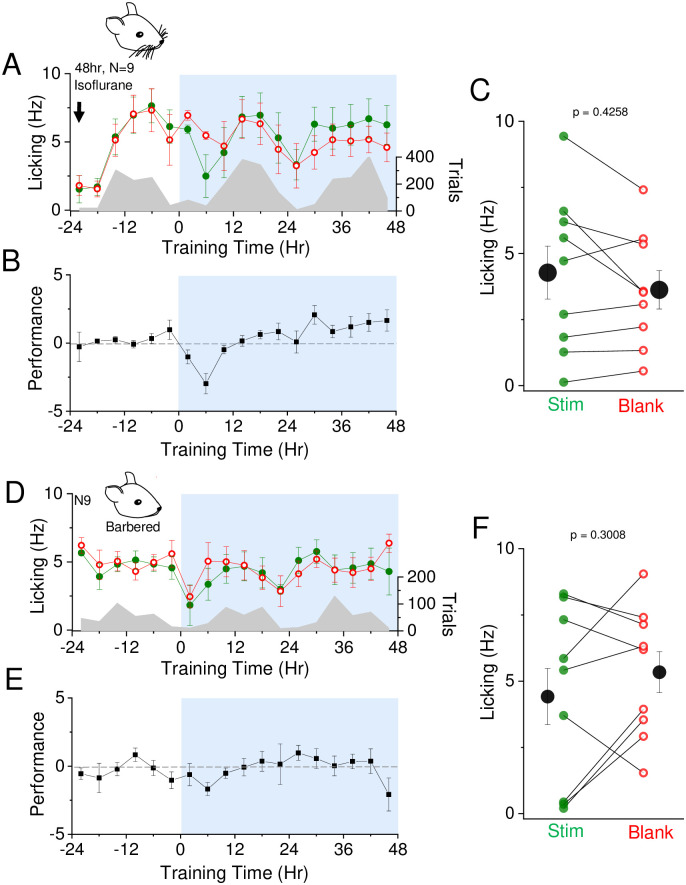Fig 3. Whiskers are required for air puff-dependent sensory learning.
A) Isofluorane-exposed mice were placed in training chamber for acclimation period followed by training. Air puff was set at 6 psi and association training is indicated at t = 0 (12 noon/daylight period). Mean lick frequency for water delivery (green) or blank (red) trials, binned at 4 hr intervals, is overlaid upon mean number of initiated trials (grey) across training days. B) Mean performance (lick frequency for water trials—lick frequency for blank trials) for each 4 hour bin during the acclimation period (-24 to 0 hr) and training phases (0 to 48 hrs). C) Mean lick frequency for the last 20% of total trials for each isoflurane induced animal exposed to 6 psi intensity air puff. N = 9 animals. D) Whiskers were barbered by cage mates prior to training. No isoflurane was used. Same as in (A) but with barbered animals. E) Same as in (B) but with barbered animals. F) Same as in (C) but with barbered animals. N = 9 animals.

